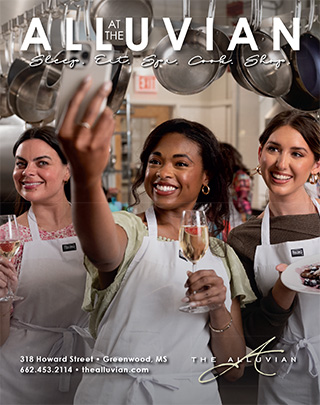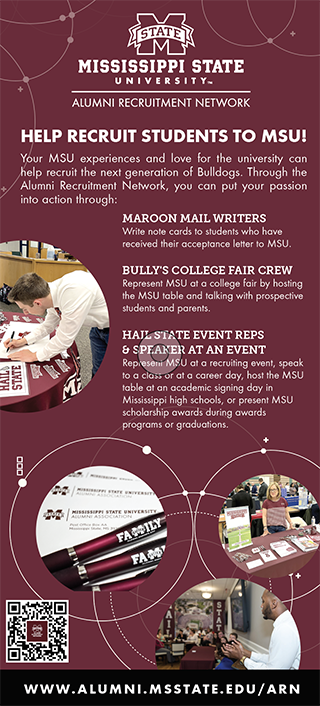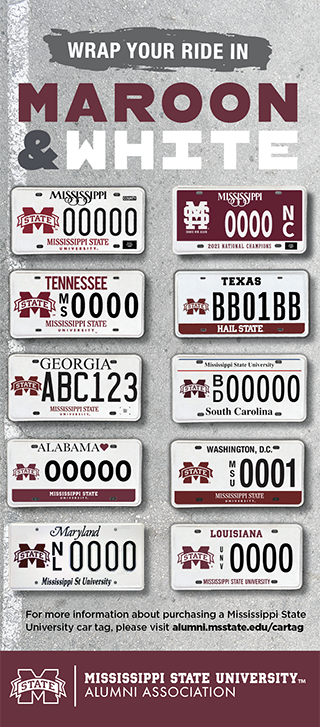Winter 2023
My faded memory recalls: small bowls of green beans, field peas, corn, tomatoes, and the like, were $0.03-0.07 each in the 1940s. It was grown on the college farm and tasted like mother’s cooking. Tasty, inexpensive food made the transition from rural farm home to college life not only pleasant but possible.
I can’t imagine a more beautiful venue for dining anywhere in the country than Perry Cafeteria. The architecture is breathtaking and in the years since graduating, I try to stick my head in and look down the length of the building anytime I’m on campus.
~ James H. Taylor (’51)
I worked in the cafeteria and grill from the summer of 1961, immediately upon graduation from Weir High School, until my graduation in June 1965. Our managers were Mr. Kelly and Mrs. Gregg. My first assignment was cleaning tables and carrying trays and dishes to the green conveyor belt running to the kitchen. Other jobs included serving food, working banquets, cutting pies and cakes, dipping ice cream, and running the cash register.
We experienced a fire in the cafeteria one year but managed to continue feeding students as best as we could. Big crowds, in addition to students, would show up on game days and Sundays after church. The whole operation was efficient, and we could feed large numbers of people quickly. One could get a vegetable plate for $0.35, a student plate of two vegetables, meat, bread and a drink for $0.50, and a slice of pie or cake for an additional $0.12. Student cafeteria workers received free meals and could eat anything that was served—except shrimp. My favorite was the vegetable plate with a slice of coconut meringue pie.
~ Robert D. “Donnie” Worrell (’65)
In 1957, after being awarded an out-of-state scholarship and job, I arrived at Mississippi State College five days after high school graduation in Memphis. I knew not a soul, and started classes and work in the Perry Cafeteria and Grill. I gave three years to working in the cafeteria and feeding half of Starkville on Sundays! My most remembered meal was the student plate with “mystery meat,” as we called it.
After service in the Army, I returned to MSU for graduate work in electrical engineering and spent two more years there. Today I am retired and helping provide scholarships to the food service workers at our retirement facility who continue to work here and attend one of two local colleges, and, I trust, helping and encouraging them on their journeys.
I feel that Mississippi State prepared me well in both the classroom and dining room for my years ahead.
~ Jerry Owens (’61)









